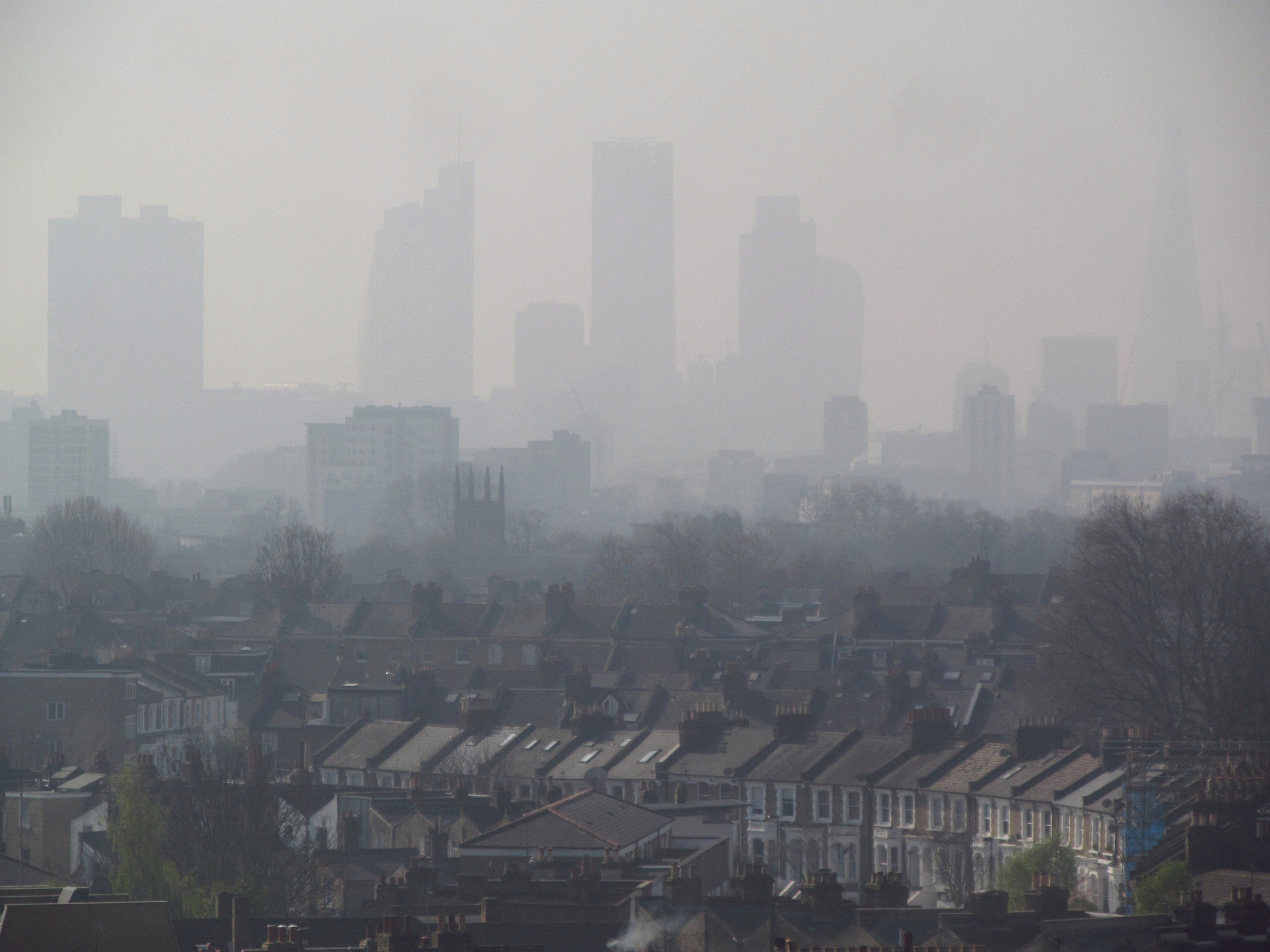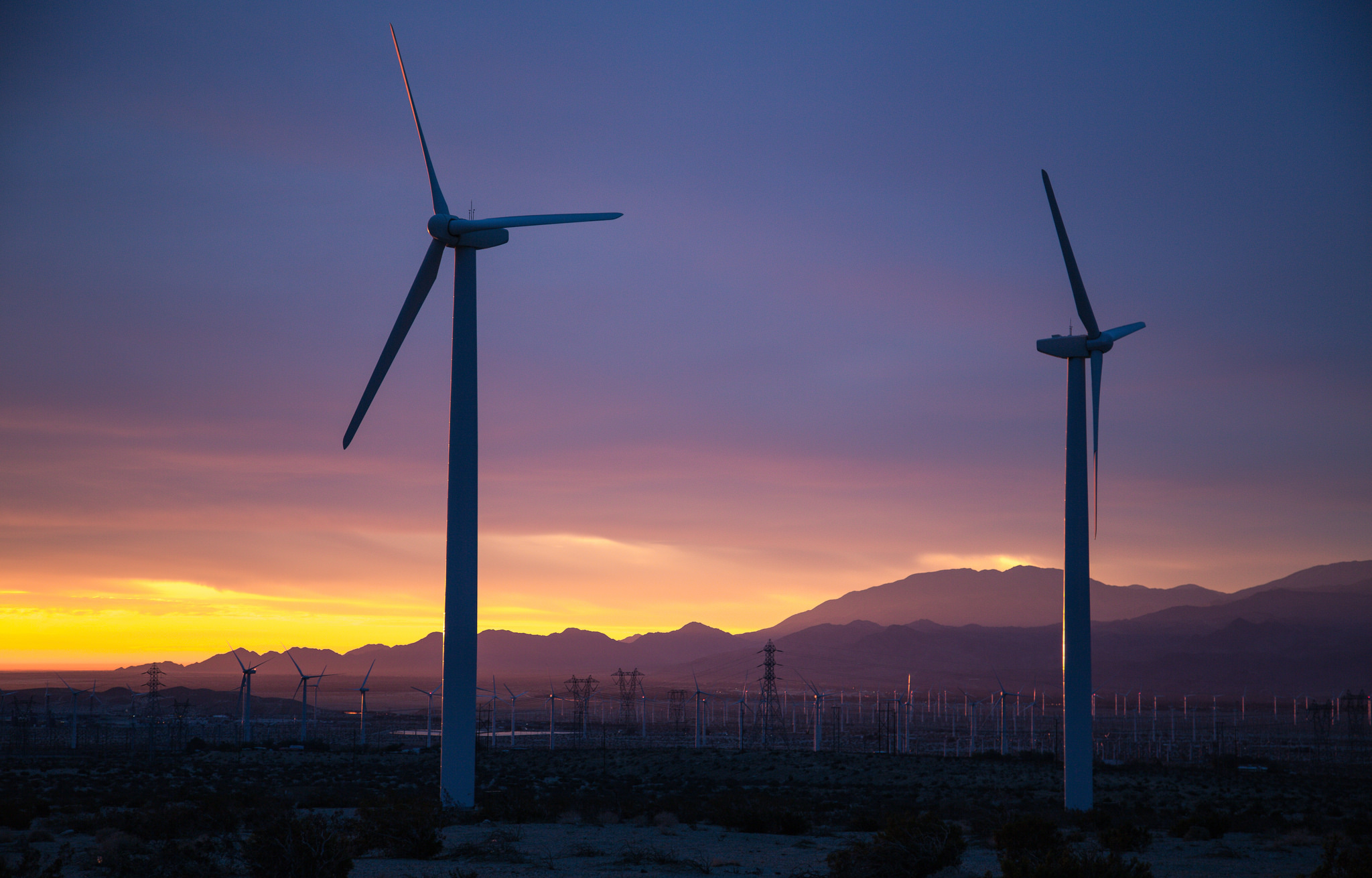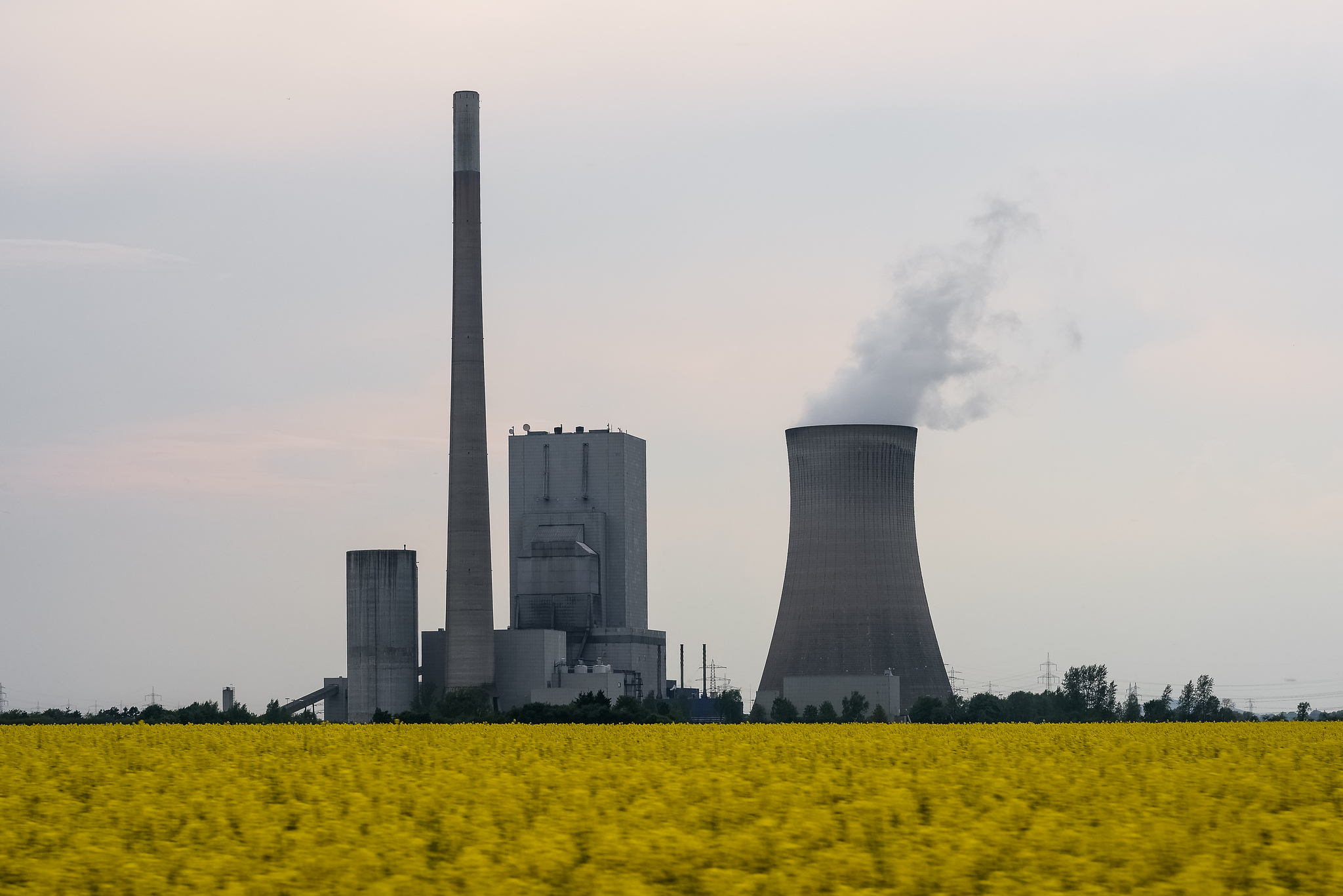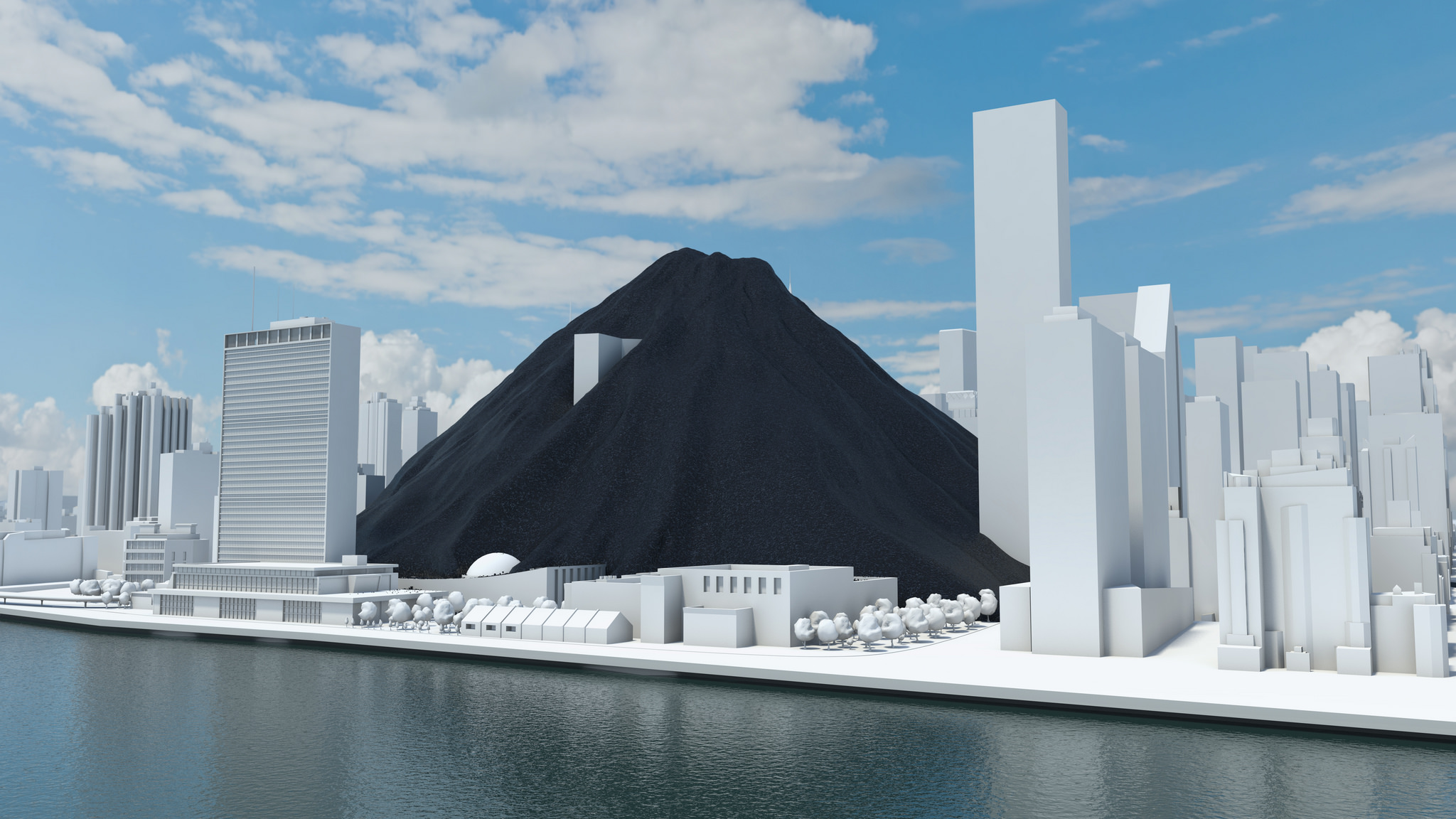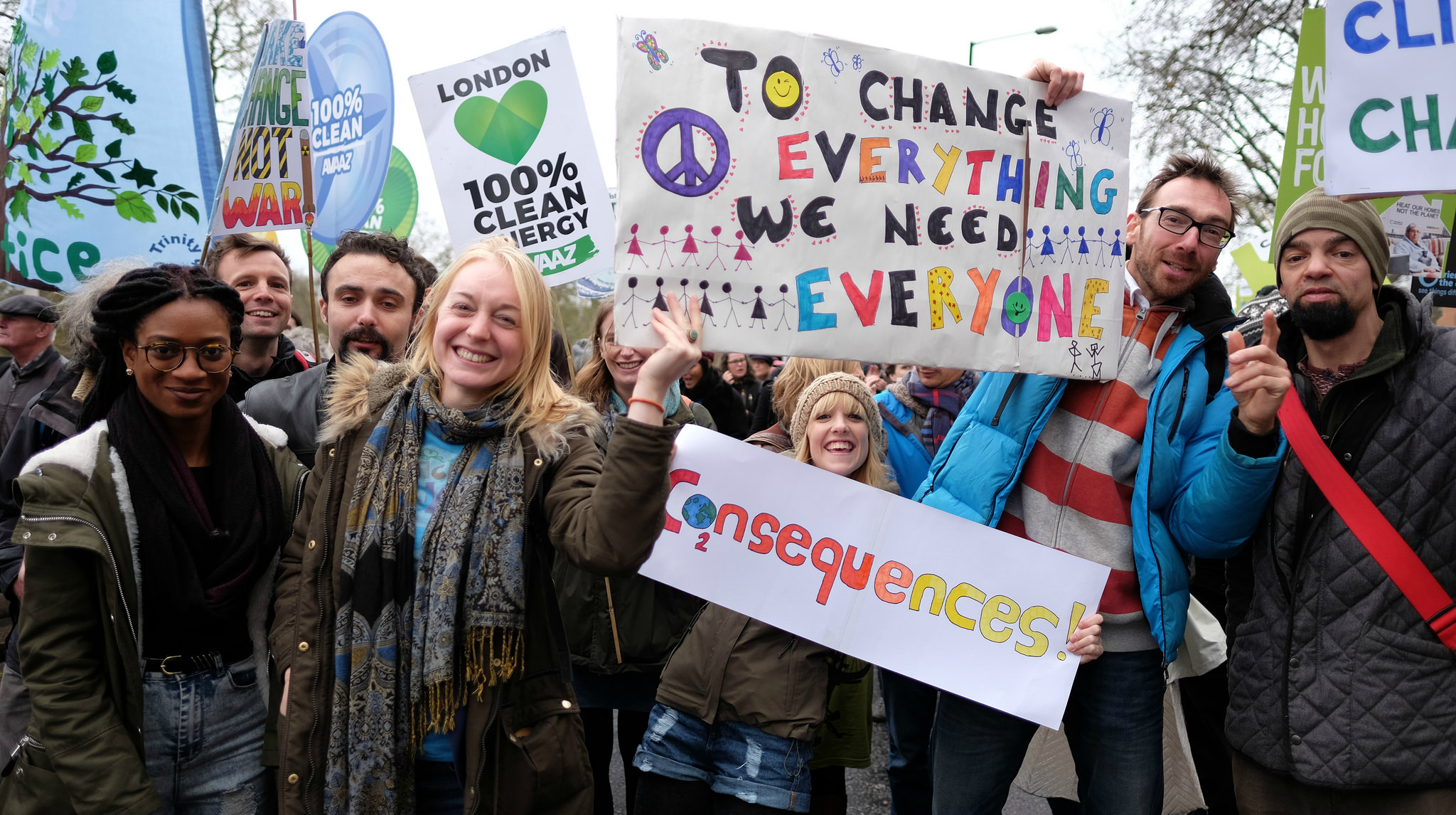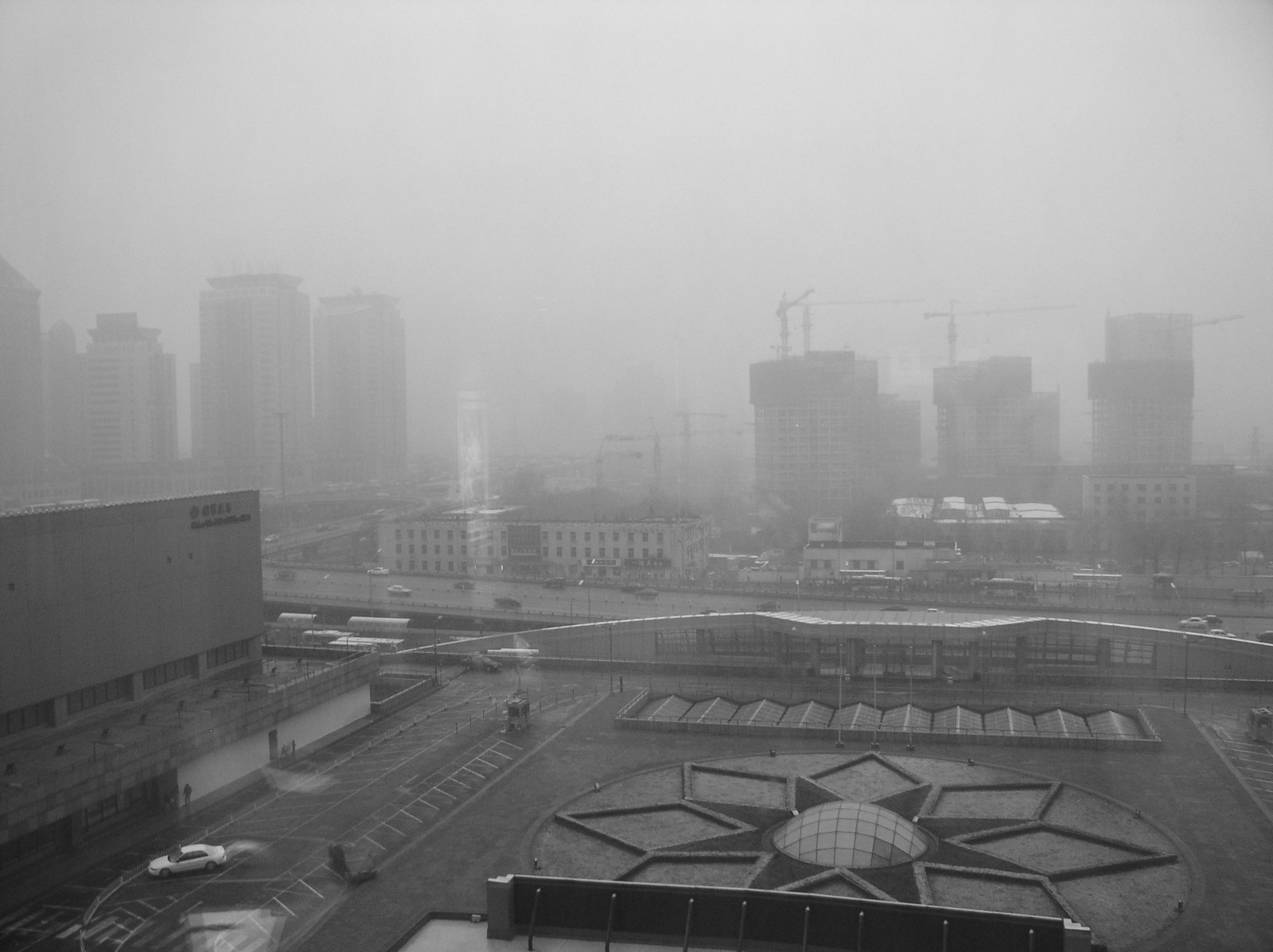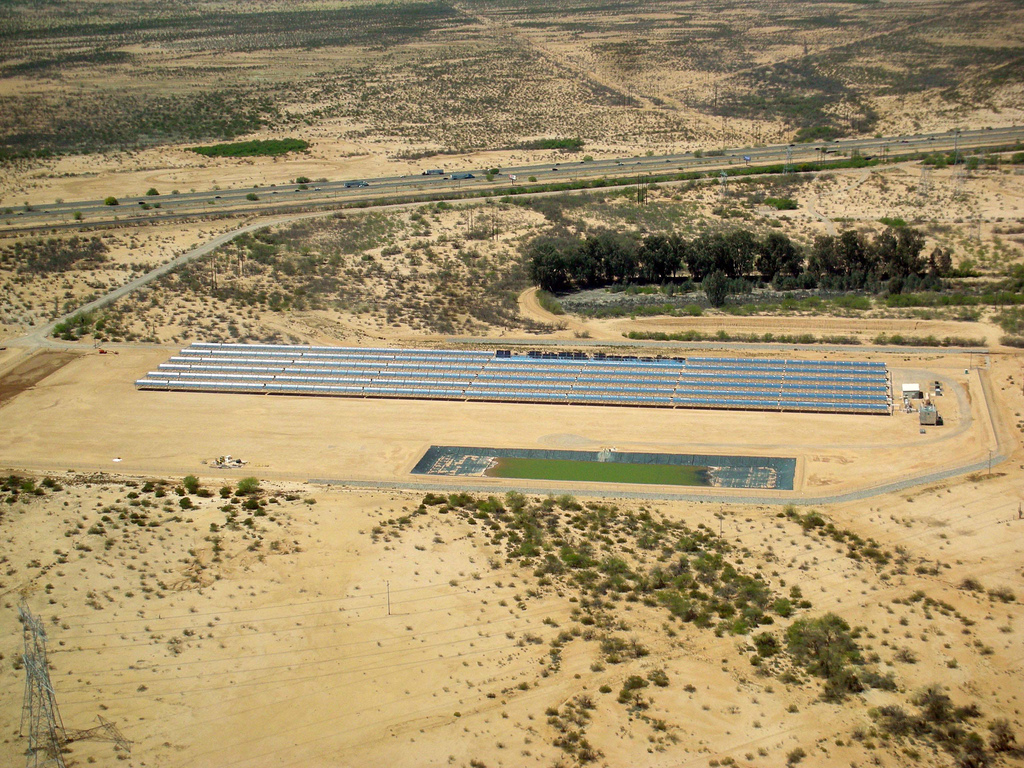power plants
Cleaning Britain’s Air
According to a new study by the non-profit group Carbon Brief, carbon dioxide emissions in the United Kingdom are at their lowest levels since the 1920s. Four factors are responsible: a record drop in coal use, the rapid growth of renewable energy, the expansion of energy efficiency programs, and the increased use of natural gas for electricity power plants.
2016 Carbon Progress Report
Last year was a big year for progress in the U.S. power sector. Renewable energy provided nearly 17% of the country’s electricity, up from 13.7% in 2015. The first offshore wind farm in the U.S. opened off the coast of Rhode Island. And most significantly, carbon emissions from the power sector continued to decline and reached the lowest levels in nearly 25 years.
Clean Coal For Real
We have heard the term “clean coal” for years, mostly from politicians and in coal company advertising. The concept sounds good: burn coal but don’t produce carbon dioxide emissions. While there have been various small-scale tests of technologies to accomplish this, it has not actually been a viable option for the power industry.
Turning Carbon Dioxide Into Rock
There is a lot of interest in figuring out a way to store carbon dioxide produced from industrial processes and energy plants or even sucking it out of the atmosphere and then storing it. The problem is where exactly to put the stuff and how to make sure that it stays there.
Using Less Energy
Americans comprise less than 5% of the world’s population, but we use almost 20% of its energy. This is a problem from many perspectives and it is one that we are at least trying to solve.
Virtual Power Plants
The traditional model of the electricity grid is one where centralized large power plants send power through transmission lines to substations and then on to homes and businesses. As localized renewable energy sources, energy storage systems, and efficiency systems proliferate throughout the system, a new concept is emerging: that of the virtual power plant.
The Carbon XPrize
The Carbon XPrize is a five-year, $20 million competition to identify ways to convert carbon emissions into successful, profitable and useful products. Forty-seven organizations from seven countries are competing for the prizes and include large companies, startups and university researchers.

